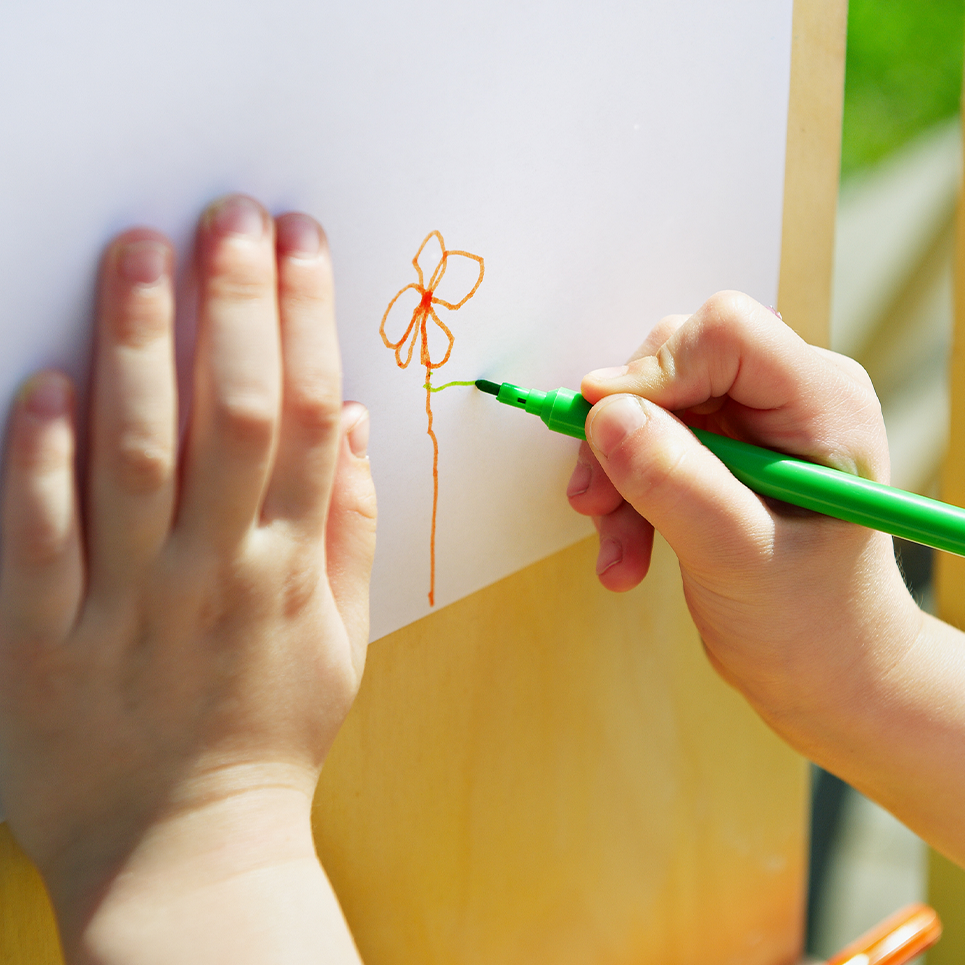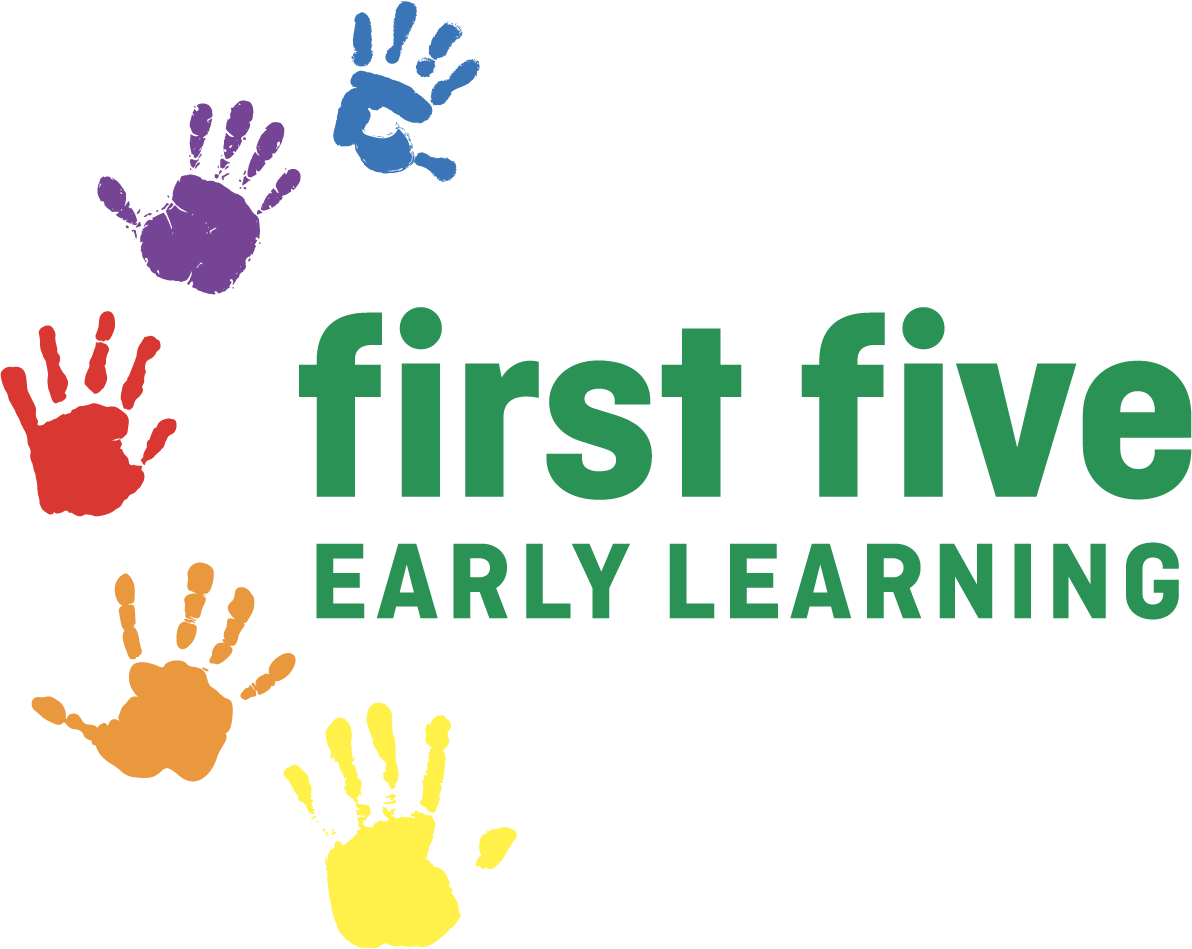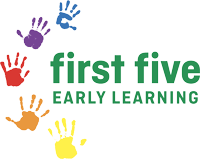A strong evidence base tells us the benefits for children attending early education and care are amplified by the quality of educators and the quality of the program.
Our educators are employed in First Five Early Learning centres because they are skilled in building trusting relationships with children, knowledgeable about high quality pedagogy and practice, and open to ongoing professional learning and reflection on/in practice. Our educators commit to working with contemporary pedagogies, engaging with new research findings, and drawing from a range of relevant theoretical perspectives to inform and evaluate practice.
At First Five Early Learning centres, our programs draw from early childhood education research and evidence-based practice to afford optimal outcomes for learning and development. In our program, educators plan for children’s thinking, providing environments, resources and provocations which promote engagement, deep thinking and learning. Using long blocks of unhurried time, children and educators co-construct curriculum and are co-learners, building on shared questions, ideas and interests to play, discover and learn.
Arts-based learning is foregrounded in our program. Learning through the arts provides children with a language to express their knowledge, ideas and experiences. The creative process is central to a child’s growth and development as it challenges their thinking and imagination. Through the creative arts, children build on their resilience through risk-taking, experimentation and problem-solving. The creative process affords enjoyment, intellectual and emotional satisfaction, perception, physical coordination, opportunities for individual and group experiences, and scope for individual and collaborative creative expression. Through arts-based learning, children draw on and represent literacy, numeracy and STEM concepts and skills.
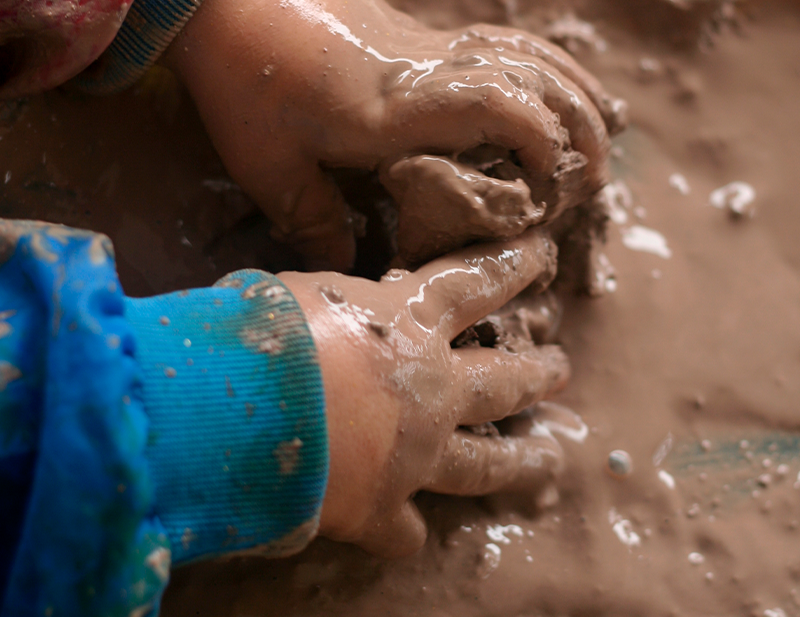
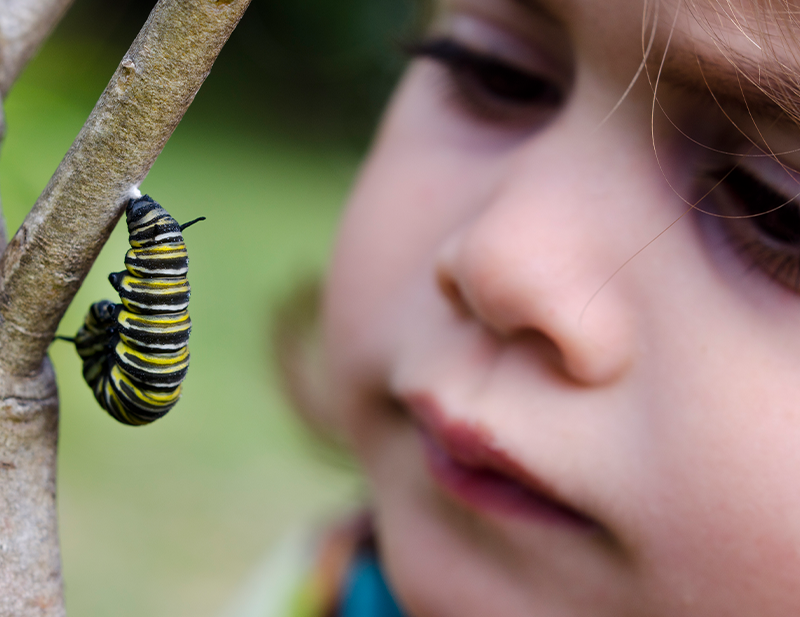
A child’s environment influences their development and learning. The design of our indoor learning environments is informed by research on child development and play-based learning. Features of all learning environments include open-ended resources, invitations and provocations to play, space to create and imagine, space to move, and quiet spaces. The learning environment in our settings incorporates both indoor and outdoor play spaces. The outdoors provides children with unique learning opportunities not available indoors. Curriculum outdoors is as rich and complex as indoors. Open access to outdoor spaces is available across the day to enable a simultaneous indoor/outdoor program which affords opportunity for different types of play and the exploration of concepts in diverse ways. Across indoor and outdoor spaces, quiet spaces are offered so children can experience a sense of privacy and temporary disconnection from the busyness of being in a group learning environment.
The program for different age groups is guided by the national and state government approved learning frameworks for Birth-5 years and Kindergarten, and responsive to your child’s age, developmental capabilities and ways of learning. Click on the tabs for information about the program for different age groups.
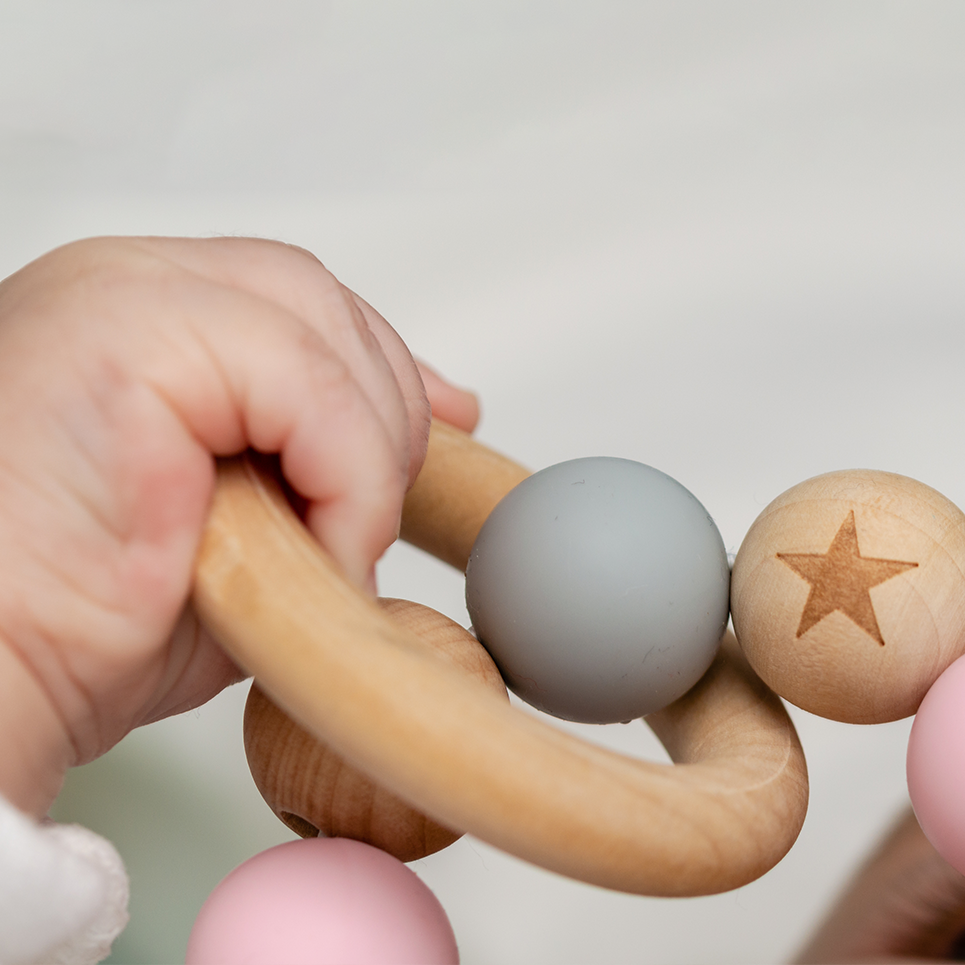
Babies (birth-12 months)
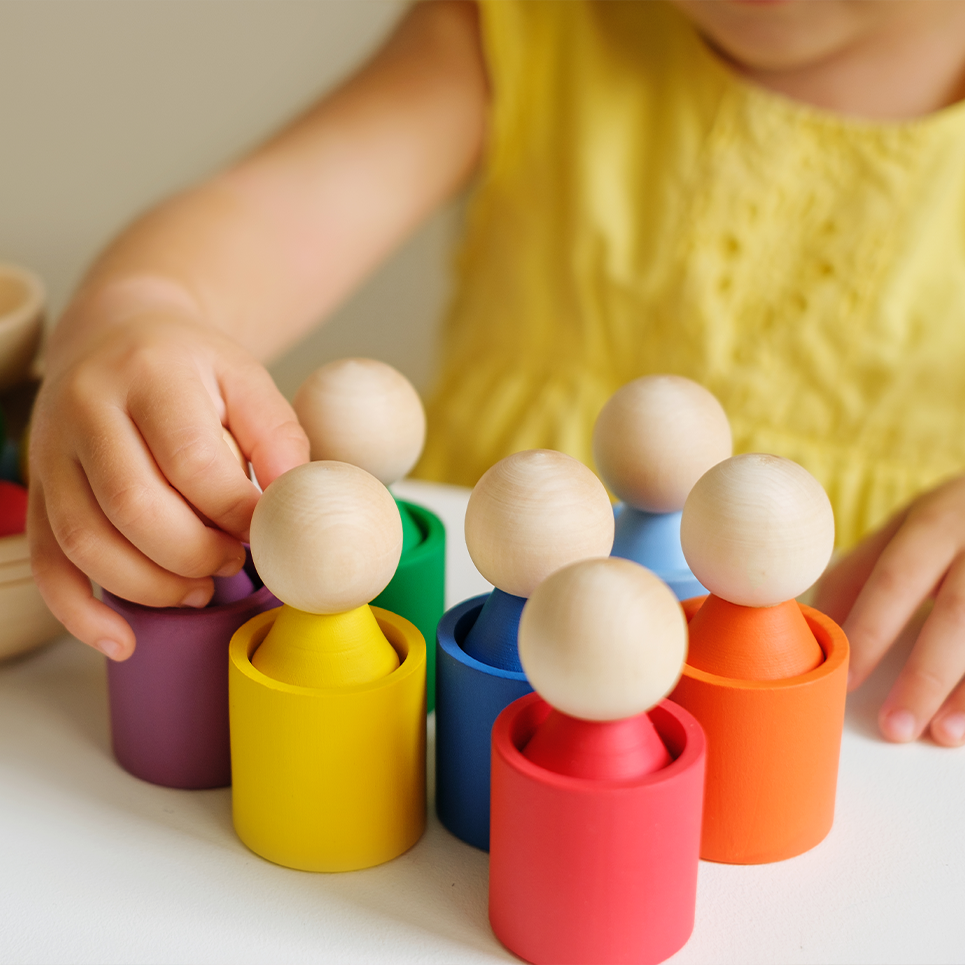
Toddlers (1-3 years)
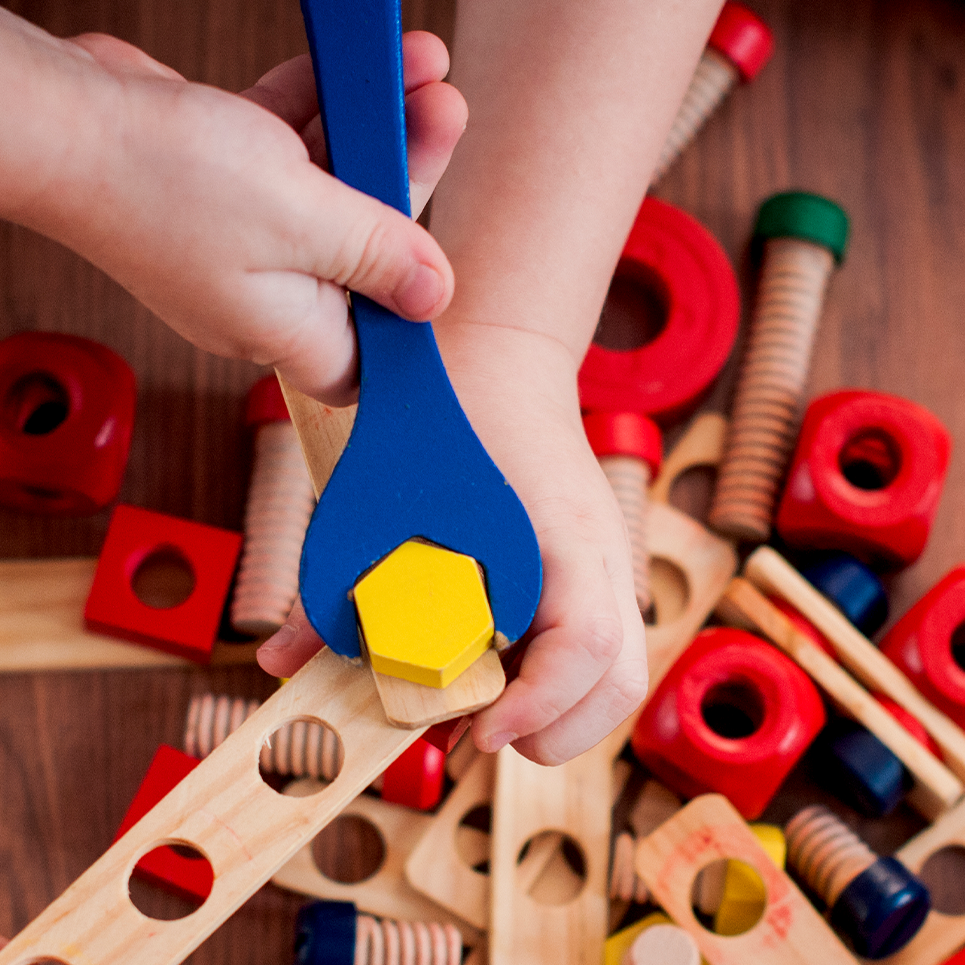
3–4 Year Olds
